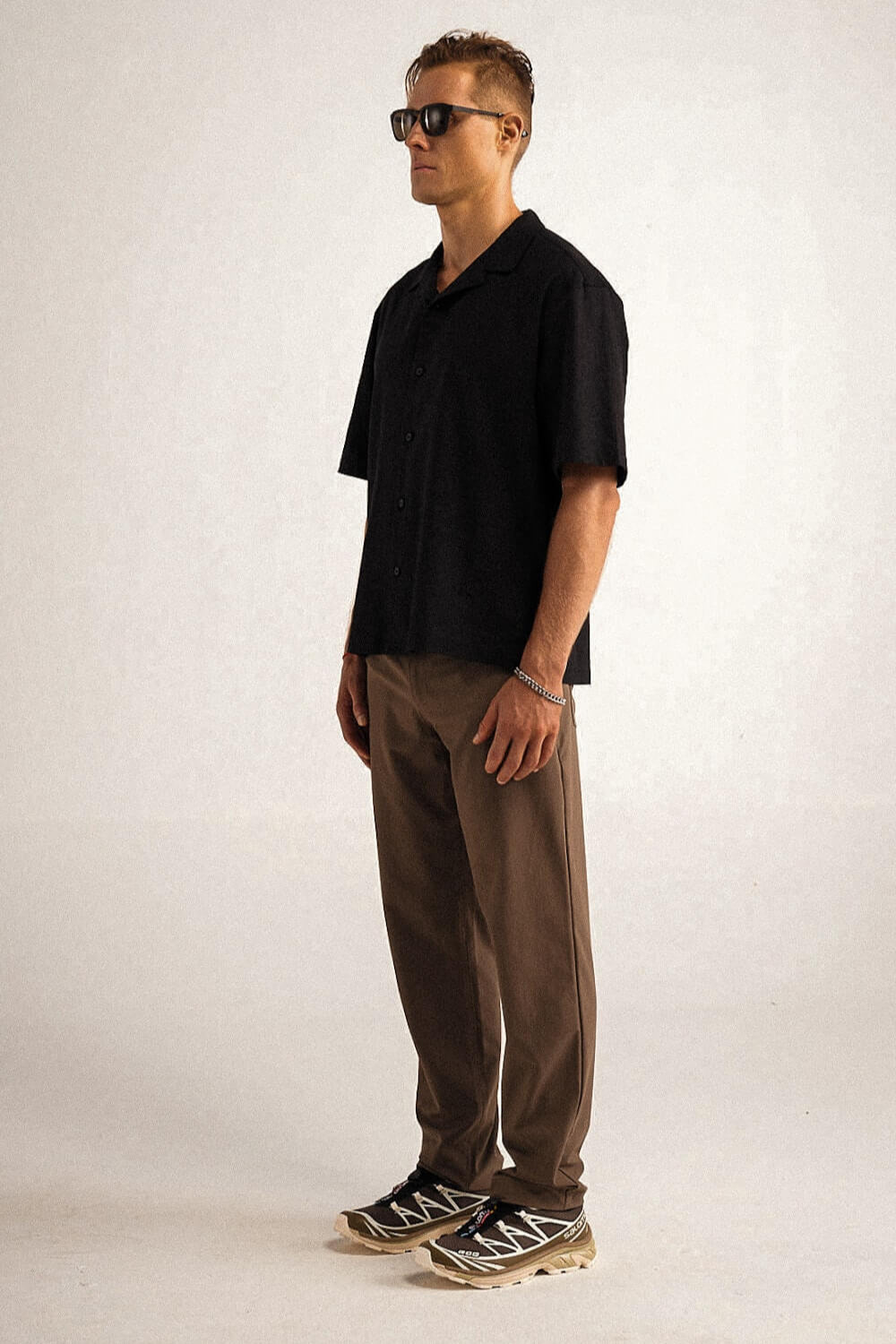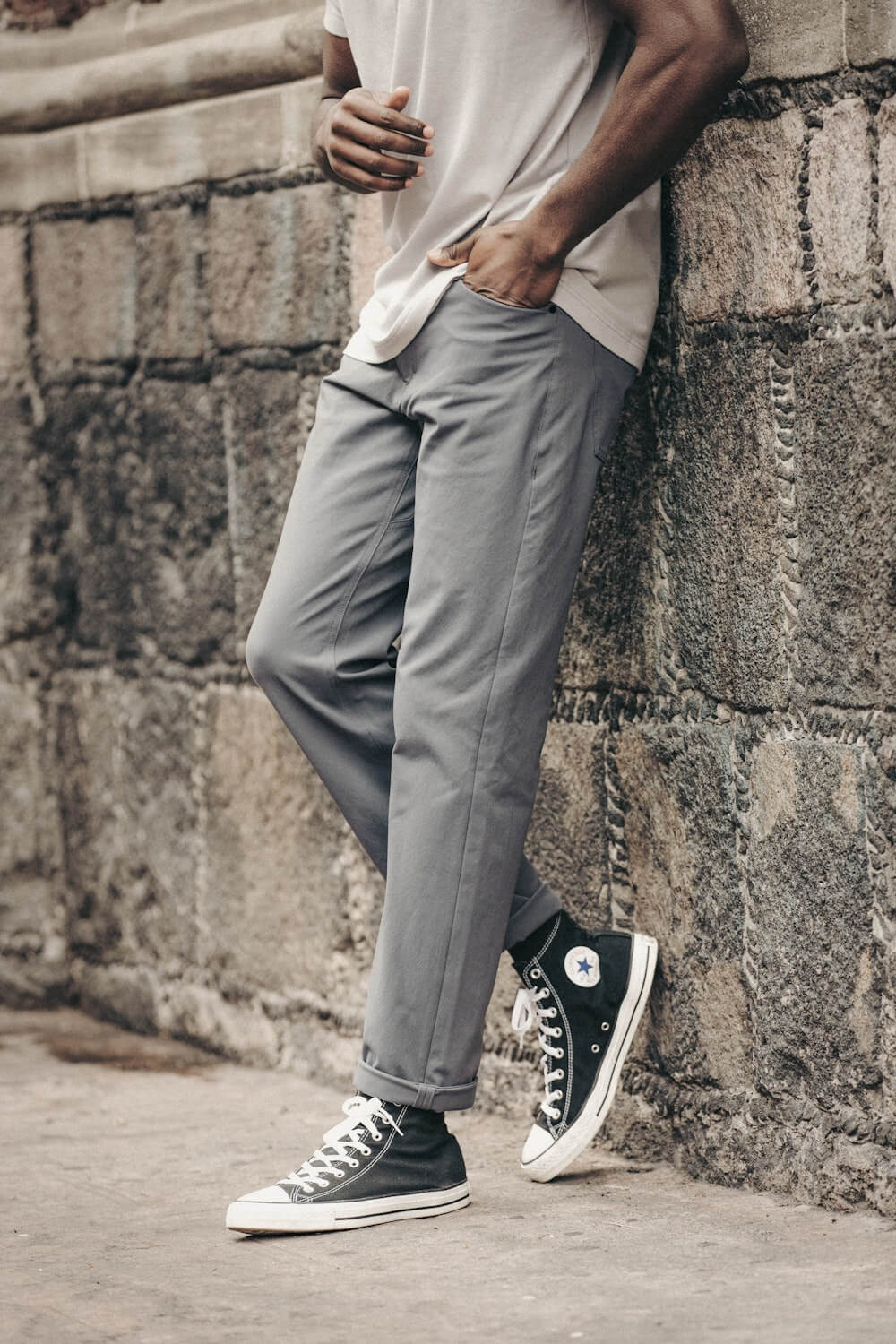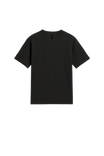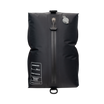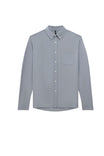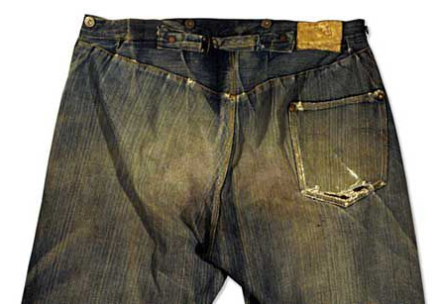
When we created the AT Slim Pants, we set out to reimagine one of the most versatile, functional garments in history — the five pocket denim jean.
Jeans are an amazingly useful and versatile pants style. They have been wildly popular since the inception of their current form in 1873, through a partnership of a tailor by the name of Jacob Davis and a Bavarian-born dry goods merchant named Levi Strauss.
Strauss, was already selling an extremely durable pair of pants to Western miners, but the pockets routinely ripped out due to the heavy weight of gold nuggets and tools they frequently carried in their pockets.
Davis approached Strauss, with an idea of placing metal rivets at points of strain to make a longer-lasting more durable pant and the modern jean was developed.

ELEMENTS OF DENIM JEANS:

PROCESS:
While we find jeans to be extremely versatile, and they are renowned for being both durable and comfortable, they have barely evolved outside of fit since their inception in 1873.
When we reimagined one of the most versatile garments ever created, we started with the fabric.
Denim is extremely durable and built to handle rock abrasion for miners, but it does not move with the body and it does not handle moisture in high heat settings well.
DURABILITY:
Starting with this base level of durability, but we searched for fabric that was comfortable from the start, moved with the body, and handled moisture well during high activity. What we landed on was an extremely durable, air-texturized, high denier, stretch nylon cloth. This gives the wearer exceptional durability, with a light, airy comfortable feeling right from the start.

WATER RESISTANCE:
Beyond being both comfortable and durable, we also treated the yarns of the fabric with an advanced nano-scale durable water repellant. This means that the AT Slim Pants shed water, coffee and wine, and dry extremely quickly if they do become saturated. This is a massive improvement from cotton denim that can leave you feeling cold and clammy when wet.
MOVEMENT:
Then we looked at how jeans moved, and saw that the range of leg motion was still constricted. While AT Cloth moves with the body, it only stretches in 2 directions, so we adjusted the pant construction as well. Adding a six inch crotch gusset allowed for a higher leg angle and increased leg mobility.
This is extremely important in outdoor activity where more motion is needed like rock climbing, hiking, or biking. To accommodate for a more active lifestyle, we also adjusted the back rise and yoke to allow for more room and keep you covered while crouching, squatting, or biking.
DETAILS:
Finally, we took a look at the watch pocket. As most modern day wearers depend on a cellular phone for a watch, we adjusted the age-old watch pocket to fit modern technology. A bit wider, and a bit deeper to fit the modern day “watch.”
We finished it off with rivets, just like the 1873 patent and called it good, for now.
The AT Slim Pants — The modern five-pocket pant.

